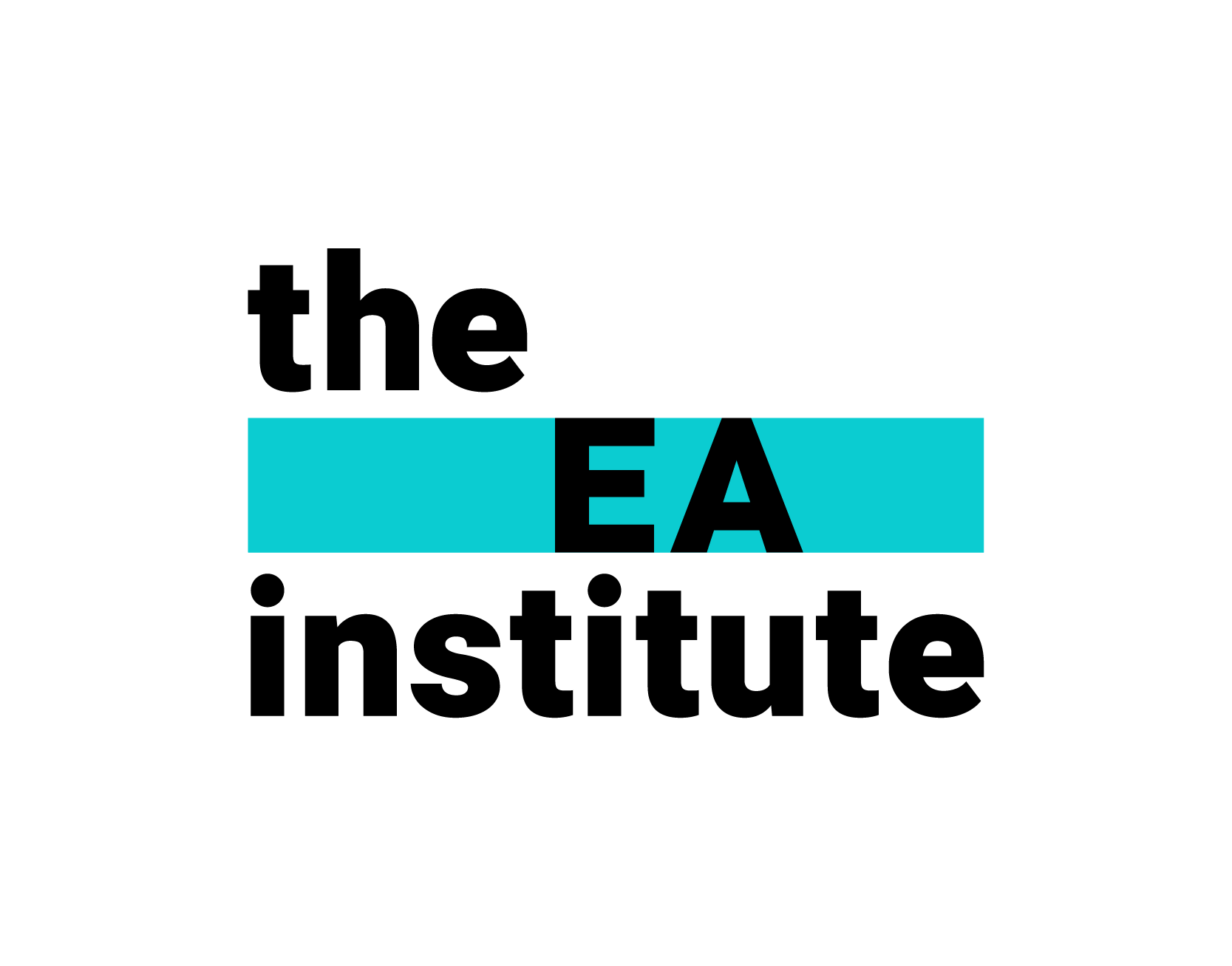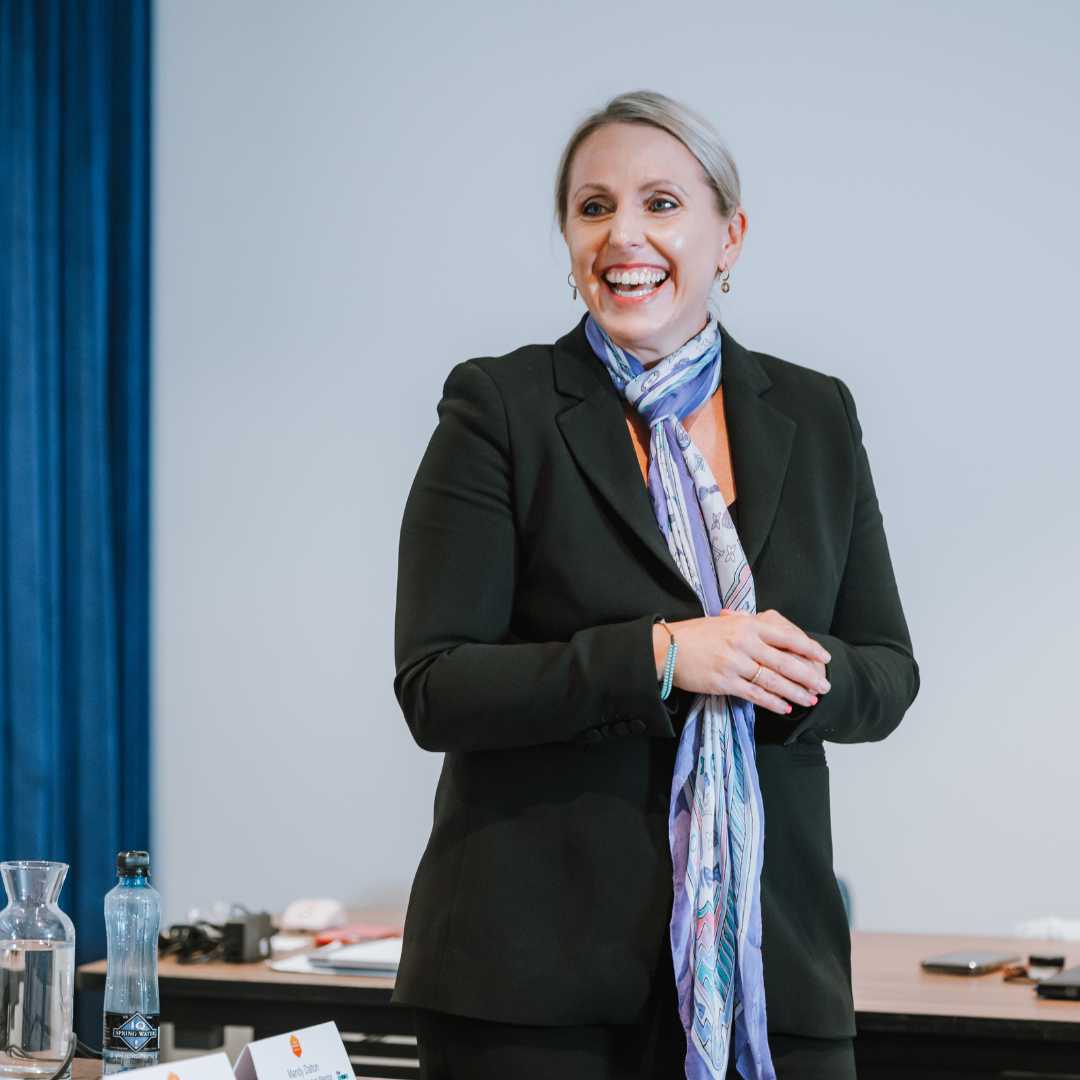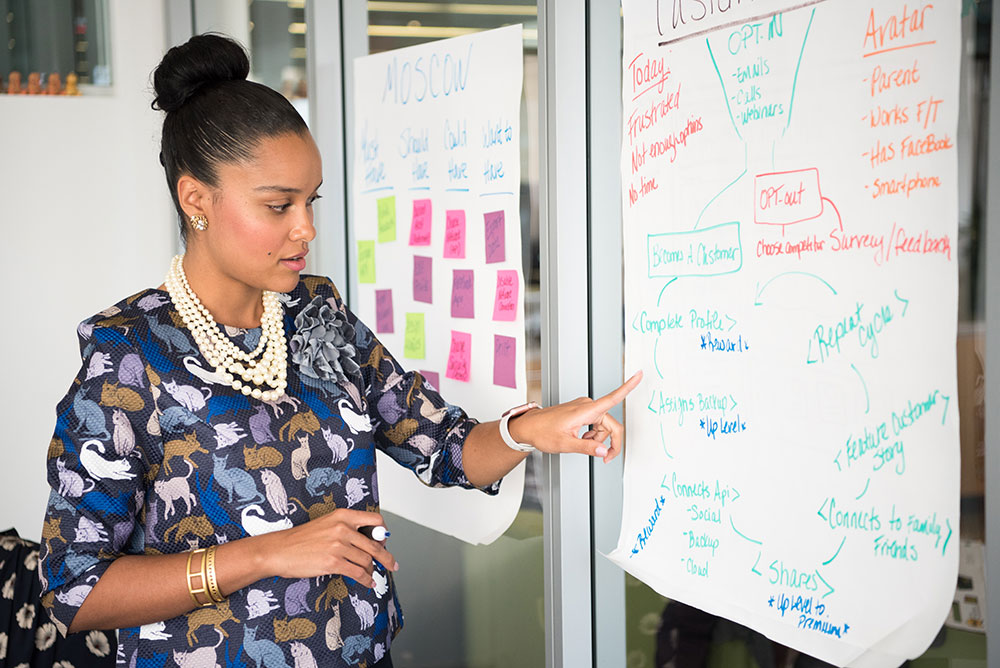What it means to be a strategic EA
Over recent years, there has been a growing trend of Executives urging their Assistants to adopt a more strategic role. This shift towards strategic thinking is a hot topic in the Executive Assistant community, and I frequently encounter questions about it.
But what does it mean to be strategic?
At its core, strategy involves a plan of action designed to achieve long-term or overarching goals. For EAs, reaching a point where they excel in productivity and effectiveness is not enough. To advance and contribute at a higher level, they must be – and be perceived as – strategic.
Guidance on being strategic can often seem vague, often encapsulated in phrases like “get out of the weeds” and “see the bigger picture.” However, understanding what these phrases mean in practical terms is essential. Strategic thinking is not an innate trait; it can be developed and honed through practice and deliberate effort.
What Is Not Strategic?
- Overloading Schedules: Filling your or your Executive’s calendar with meetings that are solely focused on execution.
- Reactive Management: Spending time primarily on crisis management and responding to requests.
- Short-term Focus: Limiting your perspective to immediate tasks or your own functional area.
- Operational Efficiency: Concentrating solely on maintaining operational efficiency without broader vision.
What Is Strategic?
- Proactive and Creative Thinking: Anticipating future needs and opportunities, even to the point of being disruptive.
- Big Picture Focus: Understanding the organisation cross-functionally and staying informed about broader industry trends.
- Wide Time Horizon: Reflecting on past experiences while planning for the future.
- Curiosity and Speculation: Constantly questioning, hypothesising, making connections, and considering various possibilities.
- Embracing Uncertainty: Accepting that uncertainty is a part of strategic thinking and leveraging it for creative solutions.
Becoming More Strategic
To become a strategic EA, dedicate time to observation and reflection. My mentor once introduced me to the concept of “getting on the balcony.” This metaphor involves stepping away from the immediate action to gain a comprehensive view of the entire scenario, similar to observing a dance floor from above.
Initially, I was skeptical about its relevance to my EA duties like scheduling meetings or managing stakeholder engagements. However, I soon realised that this broader perspective allowed me to see patterns, inefficiencies, and opportunities that were not immediately apparent from the ground level.
Applying the Balcony Perspective
When on the balcony, the primary task is to observe and ask probing questions. These questions should challenge assumptions, uncover patterns, and identify trade-offs. This practice can be done in short bursts or during longer reflective periods, but consistency is key.
Many EAs are familiar with the balcony metaphor and understand its value. However, they often feel anxious about their ideas and the uncertainty of strategic thinking. This anxiety is normal and signifies that you are pushing into new, creative territories.
Action Steps from the Balcony
- Observation: Look for patterns, inconsistencies, and opportunities.
- Questioning: Challenge existing assumptions and consider broader implications.
- Collaboration: Invite others to join you in this strategic space to foster a shared vision and collaborative problem-solving.
In summary, transforming from a reactive, task-oriented EA to a strategic partner involves shifting your mindset and practices. Embrace the balcony perspective to enhance your strategic capabilities, making you an invaluable asset to your Executive and organisation.
Exercise to Try
To develop your strategic thinking skills or to help someone else build theirs, practice is key. Here is an exercise to help you flex that strategic muscle:
- Dedicate 10 minutes at the start of each day to look through your list of tasks that you need to get handled that day.
- Ask yourself: “What are the broader implications of each task, and how does this fit into the big picture of my organisation?”
- Assess each task as to whether it fits into the strategic direction of the business and therefore, is it a priority? Could it be done another day?
How easy is that?! Give it a go!






